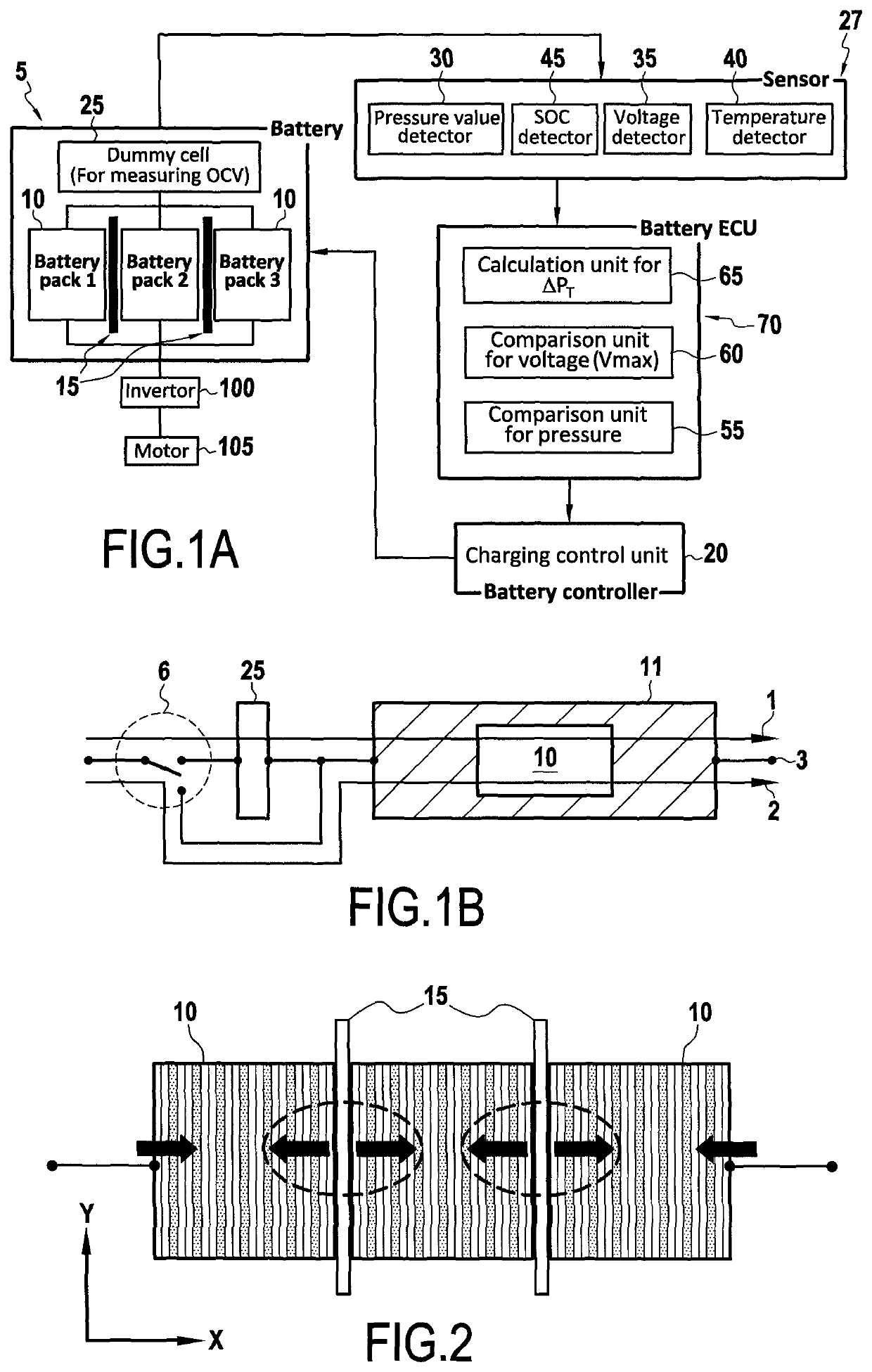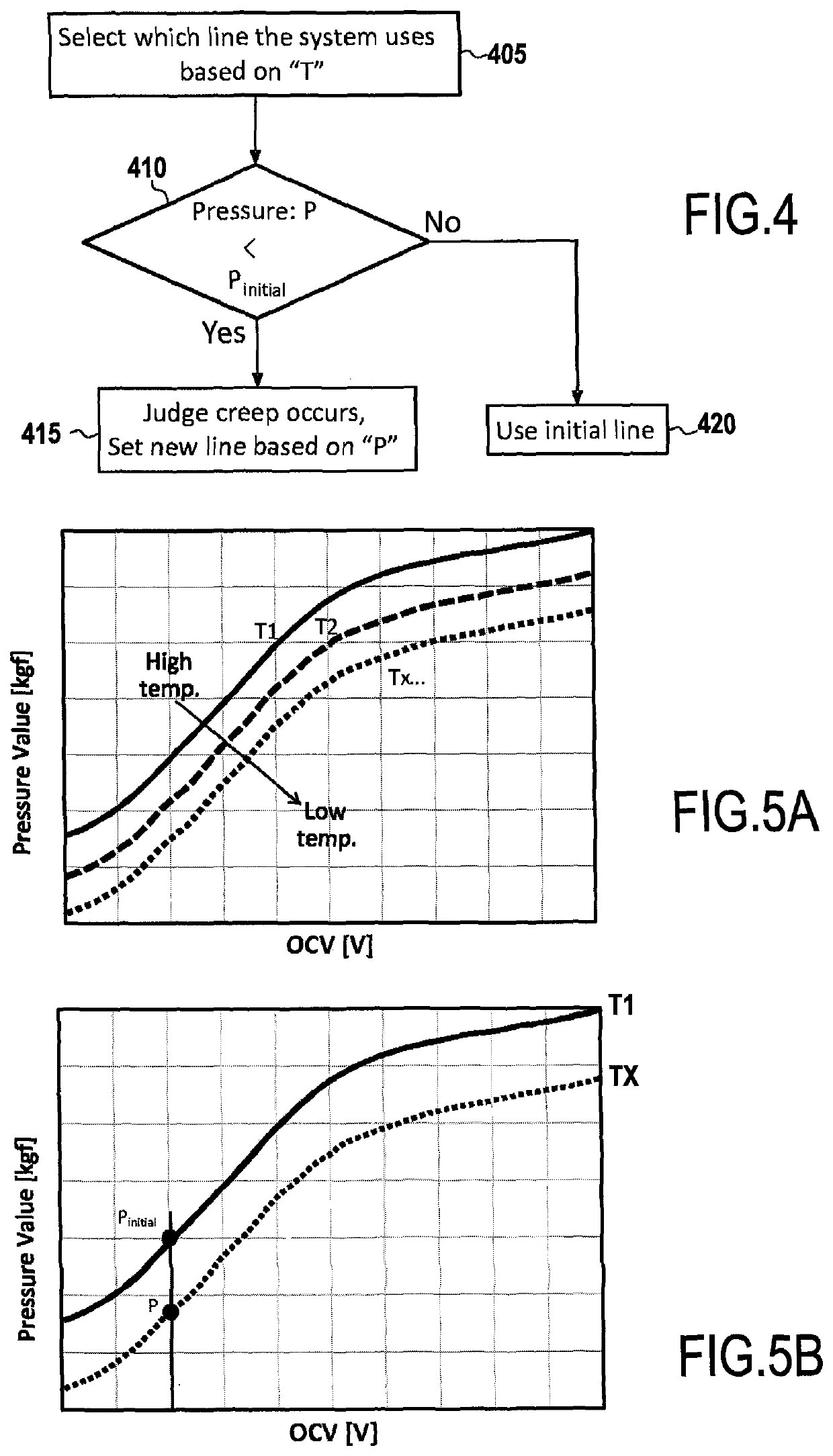Systems and methods for battery discharge control
a battery and discharging technology, applied in secondary cell servicing/maintenance, electrochemical generators, safety/protection circuits, etc., can solve the problems of battery pack being typically not fully discharged, battery energy available is reduced, and the total voltage of the battery pack may decrease sharply, so as to reduce the possibility of over-discharging and damage to the battery, reduce the discharge level, and increase the energy stored in the battery
- Summary
- Abstract
- Description
- Claims
- Application Information
AI Technical Summary
Benefits of technology
Problems solved by technology
Method used
Image
Examples
Embodiment Construction
[0045]Reference will now be made in detail to the present exemplary embodiments of the disclosure, examples of which are illustrated in the accompanying drawings. Wherever possible, the same reference numbers will be used throughout the drawings to refer to the same or like parts.
[0046]FIG. 1A is a schematic diagram of a discharging system for a battery according to embodiments of the present disclosure. The system may include a battery 5, one or more sensors 27, battery control unit 70, and a discharging control unit 20. Battery 5 may include one or more battery packs 10, one or more pressure sensing membranes 15, and a dummy cell 25, among others.
[0047]Battery 5 may be any suitable type of battery, for example, a lithium ion battery, a NiMH battery, lead acid battery, etc.
[0048]Battery 5 may be connected to an inverter 100 which may in turn be connected to one or more motors 105, to permit energy stored in battery 5 during a charging process to be stepped up by inverter 100 and fe...
PUM
| Property | Measurement | Unit |
|---|---|---|
| thickness | aaaaa | aaaaa |
| thickness | aaaaa | aaaaa |
| thickness | aaaaa | aaaaa |
Abstract
Description
Claims
Application Information
 Login to View More
Login to View More - R&D
- Intellectual Property
- Life Sciences
- Materials
- Tech Scout
- Unparalleled Data Quality
- Higher Quality Content
- 60% Fewer Hallucinations
Browse by: Latest US Patents, China's latest patents, Technical Efficacy Thesaurus, Application Domain, Technology Topic, Popular Technical Reports.
© 2025 PatSnap. All rights reserved.Legal|Privacy policy|Modern Slavery Act Transparency Statement|Sitemap|About US| Contact US: help@patsnap.com



